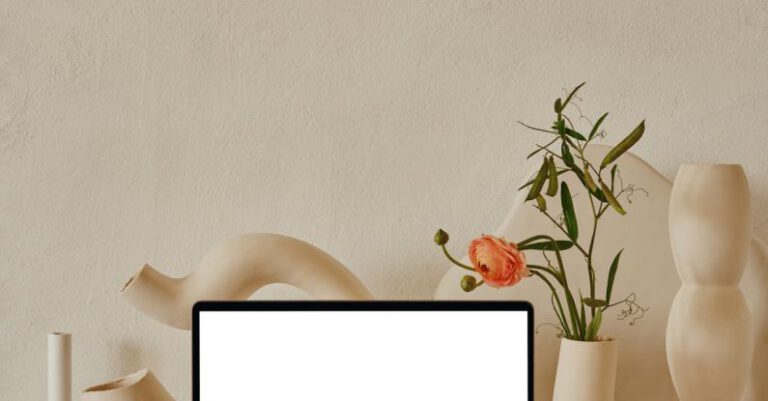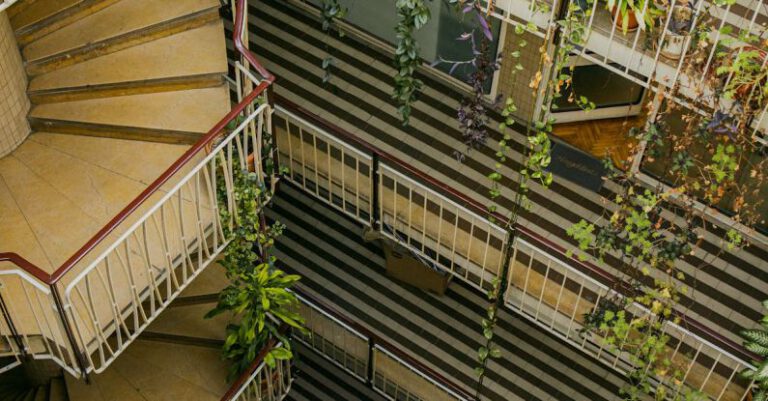How to Create Immersive Tape Art Environments

Creating immersive tape art environments is a captivating way to transform any space into a visually stunning and dynamic setting. Tape art has gained popularity in recent years for its versatility and ability to engage viewers in unique and interactive experiences. Whether you are a seasoned tape artist or a beginner looking to explore this innovative medium, here are some tips on how to create immersive tape art environments that will leave a lasting impression.
Choosing the Right Space
The first step in creating an immersive tape art environment is selecting the right space for your project. Consider the size and layout of the space, as well as the lighting conditions and overall ambiance. Choose a space that allows for maximum creativity and interaction with the artwork. Whether it’s a blank wall, a floor, or even a ceiling, the possibilities for tape art are endless.
Planning Your Design
Before diving into your tape art project, it’s essential to plan your design carefully. Consider the overall theme or concept you want to convey through your artwork. Experiment with different shapes, colors, and patterns to create a cohesive and visually striking composition. Sketching out your design on paper can help you visualize the final result and make any necessary adjustments before starting the actual installation.
Exploring Different Tape Types
Tape art comes in various forms, from traditional masking tape to colorful washi tape and even glow-in-the-dark tape. Experimenting with different tape types can add depth and interest to your artwork. Consider mixing and matching different tapes to create unique textures and effects. Remember to test the adhesion and durability of the tape on your chosen surface before committing to your design.
Creating Dimension and Movement
One of the key elements of immersive tape art environments is creating dimension and movement within the artwork. Experiment with layering tapes to add depth and perspective to your design. Incorporate diagonal lines, curves, and geometric shapes to create a sense of movement and flow. Play with the placement of tapes to create optical illusions and dynamic patterns that engage viewers from different angles.
Engaging the Audience
Immersive tape art environments are not just about creating visually appealing artwork; they are also about engaging the audience and inviting them to interact with the space. Consider incorporating interactive elements such as 3D sculptures, interactive projections, or even sound installations to enhance the overall experience. Encourage viewers to touch, move around, and explore the artwork from different perspectives.
Experimenting with Lighting
Lighting plays a crucial role in enhancing the immersive quality of tape art environments. Experiment with different lighting techniques such as spotlights, LED strips, or blacklights to create dramatic effects and highlight specific elements of your artwork. Consider how natural light interacts with your tape art throughout the day and how artificial lighting can transform the space at night.
Maintaining and Preserving Your Artwork
Once you have completed your immersive tape art environment, it’s essential to maintain and preserve your artwork for long-lasting enjoyment. Consider using a clear sealant or varnish to protect the tapes from peeling or fading over time. Regularly inspect and touch up any areas that may need repair to ensure the longevity of your artwork.
Incorporating tape art into your creative projects can open up a world of possibilities for transforming ordinary spaces into immersive and engaging environments. Whether you are a seasoned tape artist or a beginner looking to explore this unique medium, these tips can help you create captivating tape art installations that captivate and inspire viewers of all ages. Experiment, innovate, and let your creativity shine through in your tape art endeavors.





